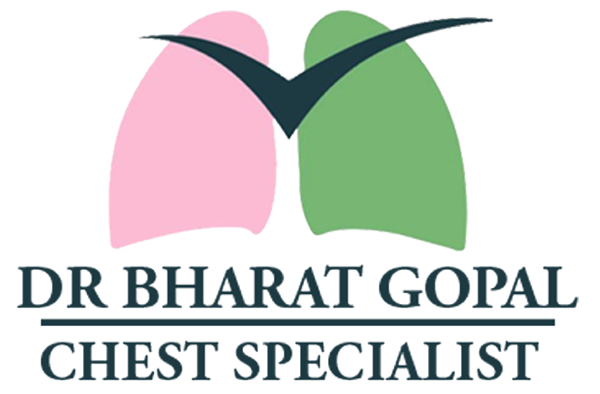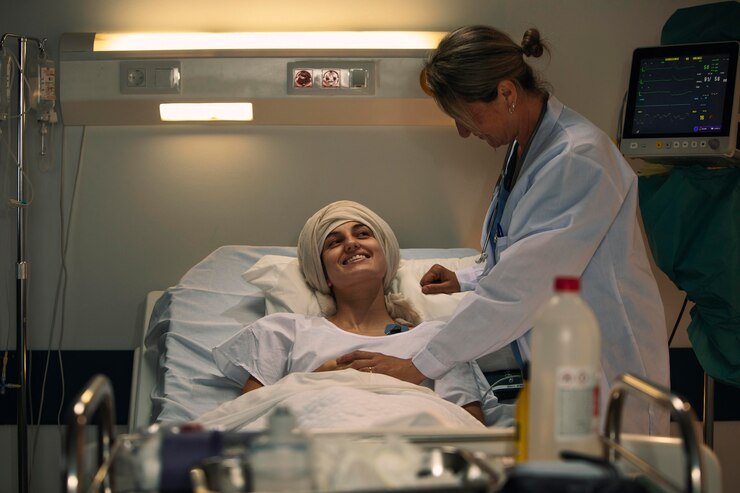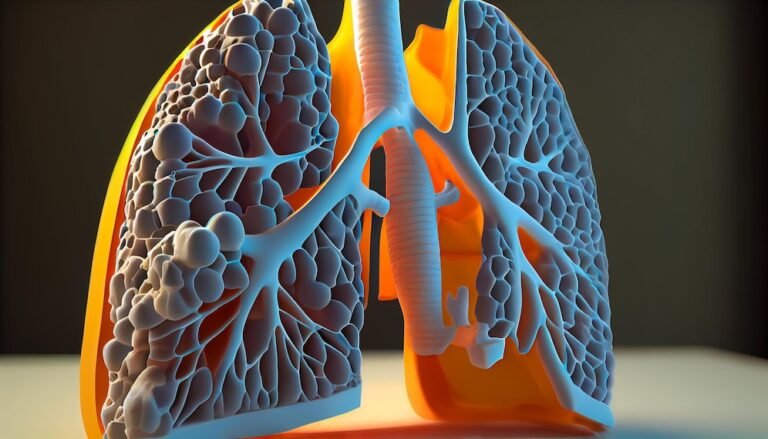Innovations In Pleural Services: Advancements And Best Practices
Pleural diseases, affecting the lining of the lungs, present complex challenges in diagnosis and treatment. However, recent innovations in pleural services have revolutionized the landscape of care, offering improved diagnostic accuracy, minimally invasive treatments, and enhanced patient outcomes. This article delves into the latest advancements and best practices in pleural services, highlighting their transformative impact on healthcare delivery and patient well-being.
To Know More About It Please Click Here
Diagnostic Innovations
Traditionally, pleural diseases required invasive procedures for diagnosis, posing risks and discomfort to patients. However, advancements in imaging techniques such as thoracic ultrasound and computed tomography (CT) scans have enhanced diagnostic accuracy while minimizing invasiveness. These imaging modalities enable clinicians to visualize pleural abnormalities with precision, facilitating early detection and targeted interventions.
Moreover, the integration of molecular diagnostics has revolutionized the assessment of pleural effusions. Techniques like pleural fluid analysis for tumor markers, genetic mutations, and microbiological studies have enabled personalized treatment strategies, optimizing therapeutic outcomes. By leveraging molecular biomarkers, clinicians can tailor therapies based on the underlying etiology, leading to more effective and efficient patient care.
Minimally Invasive Interventions
In the past, pleural procedures often necessitated surgery or large-bore chest tubes, associated with prolonged hospital stays and increased morbidity. However, the advent of minimally invasive techniques has transformed the management of pleural diseases, offering safer, more efficient alternatives.
One such innovation is thoracoscopy, or medical pleuroscopy, which allows direct visualization of the pleural space using small incisions. This minimally invasive approach enables biopsies, pleurodesis, and drainage of pleural effusions with reduced trauma and faster recovery times. Additionally, advancements in indwelling pleural catheters have revolutionized the management of recurrent pleural effusions, providing patients with a comfortable, outpatient-based solution for fluid drainage and symptom control.
Multidisciplinary Collaboration
Another hallmark of innovation in pleural services is the emphasis on multidisciplinary collaboration. By fostering partnerships between pulmonologists, thoracic surgeons, radiologists, and pathologists, healthcare institutions can harness collective expertise to deliver comprehensive, patient-centered care.
Multidisciplinary tumor boards, comprising specialists from various disciplines, facilitate collaborative decision-making in the management of pleural malignancies. Through interdisciplinary discussions, clinicians can develop individualized treatment plans, integrating surgery, chemotherapy, radiation therapy, and immunotherapy to optimize patient outcomes while minimizing treatment-related toxicity.
Furthermore, advancements in telemedicine technologies have expanded access to pleural services, particularly in underserved regions. Teleconsultations, remote monitoring, and virtual tumor boards enable expert guidance and support, bridging geographical barriers and ensuring equitable healthcare delivery.
Patient-Centered Care
Central to the ethos of innovative pleural services is a commitment to patient-centered care. Clinicians prioritize shared decision-making, empowering patients to actively participate in treatment planning and goal setting. By fostering open communication and providing comprehensive education, healthcare providers empower patients to make informed choices regarding their care, enhancing treatment adherence and satisfaction.
Moreover, advancements in supportive care strategies, including palliative interventions and symptom management, prioritize patient comfort and quality of life. Through a holistic approach that addresses physical, emotional, and psychosocial needs, pleural services strive to optimize well-being across the continuum of care.
Conclusion
Innovations in pleural services represent a paradigm shift in the management of respiratory diseases, offering enhanced diagnostic accuracy, minimally invasive interventions, multidisciplinary collaboration, and patient-centered care. By leveraging cutting-edge technologies and adopting best practices, healthcare providers can improve outcomes, reduce complications, and enhance the overall experience for patients with pleural diseases. Moving forward, continued investment in research, education, and infrastructure will be crucial in advancing the field of pleural medicine and improving outcomes for patients worldwide.








